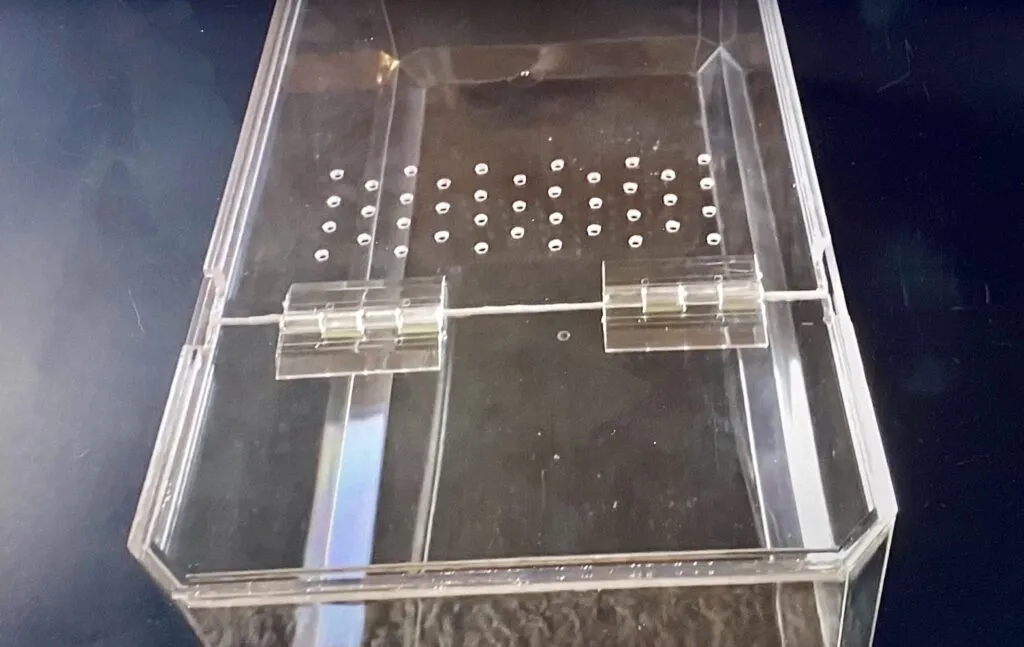Understanding Tarantula Temperature Needs
Creating the perfect environment for your tarantula involves more than just providing a suitable enclosure and regular meals. One of the most critical factors in tarantula care is maintaining the proper temperature range within its habitat. Tarantulas, being ectothermic creatures, rely on external sources to regulate their body temperature. Understanding their specific thermal needs is paramount to their health, well-being, and longevity. This guide will delve into the essentials of warming a tarantula enclosure, ensuring your eight-legged friend thrives.
Why Warmth Matters
Warmth is essential for various physiological processes in tarantulas. It directly affects their metabolism, activity levels, digestion, and molting cycles. A tarantula that is too cold may become lethargic, refuse to eat, and experience slowed growth. Conversely, a tarantula in an enclosure with adequate warmth will exhibit increased activity, a healthy appetite, and regular molting, all indicators of a thriving spider. Furthermore, proper temperatures support the tarantula’s immune system, making it more resilient against potential illnesses.
Ideal Temperature Range
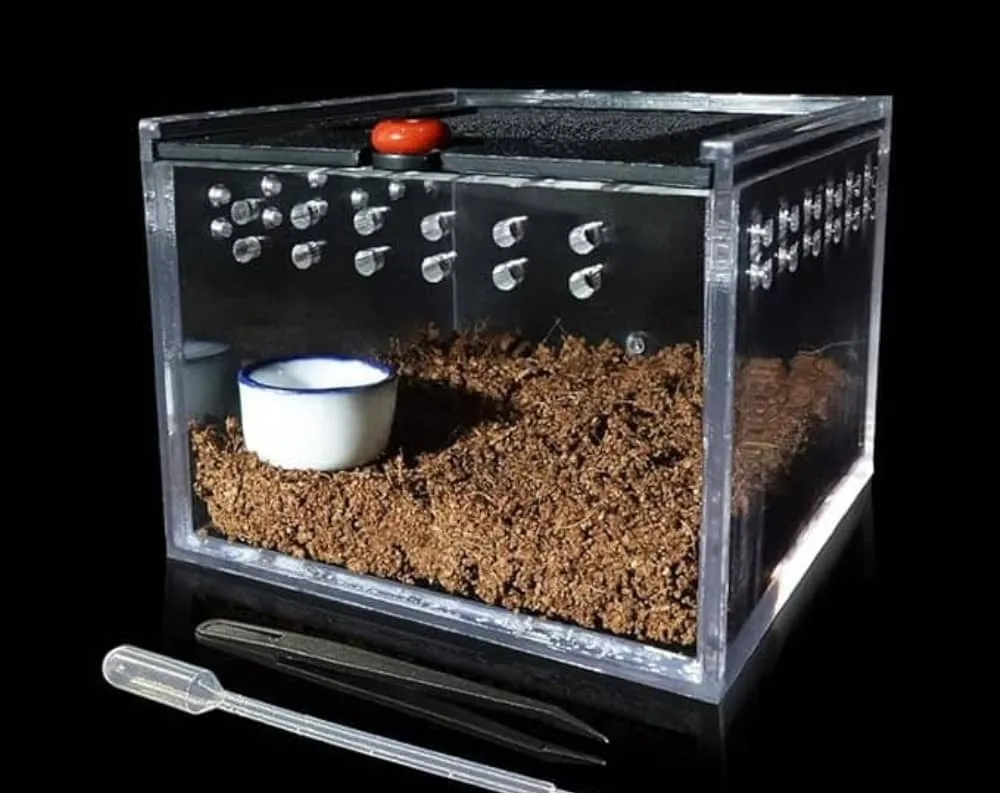
The ideal temperature range varies slightly depending on the tarantula species. However, a general guideline is to maintain temperatures between 75°F and 85°F (24°C and 29°C) during the day. Some species, particularly those from tropical regions, may benefit from slightly warmer temperatures, reaching up to 90°F (32°C). It is important to research the specific needs of your tarantula species to provide the most appropriate thermal environment. Nighttime temperatures can usually be slightly cooler, often dropping a few degrees without causing harm, but never below 70°F (21°C).
Consequences of Incorrect Temperatures
Failure to maintain the correct temperature range can lead to serious health issues. Prolonged exposure to cold temperatures can suppress the tarantula’s immune system, making it more susceptible to diseases. It can also lead to sluggishness, loss of appetite, and impaired molting. On the other hand, excessively high temperatures can be equally detrimental. Overheating can cause dehydration, heat stress, and even death. Monitoring the temperature regularly is crucial to prevent these negative outcomes and ensure your tarantula’s health and well-being.
Heating Methods for Tarantula Enclosures
There are several effective ways to heat a tarantula enclosure, each with its own advantages and disadvantages. The best method often depends on the size of the enclosure, the specific tarantula species, and your personal preferences. Safe and reliable heating methods are essential for the overall well-being of your pet tarantula. Several heating devices can be used to achieve the desired temperature, so it’s important to understand the pros and cons of each to make an informed decision.
Heat Mats

Heat mats, also known as under-tank heaters (UTHs), are a popular choice for heating tarantula enclosures. They are flat, flexible heating pads that adhere to the underside or side of the enclosure. They provide a gentle, consistent heat source that helps to maintain a stable temperature gradient. Heat mats are generally safe and easy to use, making them a suitable option for beginners.
Placement and Safety
When using a heat mat, it is crucial to place it on the outside of the enclosure, either on the side or the bottom, but never inside. Placing the heat mat inside the enclosure can lead to direct contact with the tarantula, potentially causing burns. Ensure the heat mat covers only a portion of the enclosure’s surface area, creating a temperature gradient. This allows the tarantula to move to cooler areas if it gets too warm. Always use a thermostat to regulate the heat mat’s temperature to prevent overheating. Never put the enclosure directly on the heat mat. Use a layer of insulation, such as a piece of cork or a thin foam pad, to prevent excessive heat transfer.
Thermostat Use
A thermostat is essential for regulating the heat mat’s temperature and preventing overheating. A thermostat monitors the temperature and automatically turns the heat mat on or off to maintain the desired temperature. Without a thermostat, the heat mat can continuously heat the enclosure, leading to dangerously high temperatures. When choosing a thermostat, select one that is specifically designed for reptile or arachnid enclosures. These thermostats typically have a temperature probe that you can place inside the enclosure to accurately measure the temperature. Adjust the thermostat to the recommended temperature range for your tarantula species.
Heat Lamps

Heat lamps provide a concentrated source of heat and are often used for larger enclosures or to create a warmer basking spot. There are several types of heat lamps available, each with its own characteristics.
Types of Heat Lamps
Incandescent heat lamps emit both heat and light, while ceramic heat emitters (CHEs) primarily produce heat without light. Infrared heat lamps can also be used, offering a deep-penetrating heat that can be beneficial for some species. When selecting a heat lamp, choose one with a wattage appropriate for the size of your enclosure and the desired temperature. Always use a lamp cage or a protective covering to prevent your tarantula from directly contacting the hot bulb.
Safety Considerations
Heat lamps, particularly incandescent bulbs, can generate significant heat and should be used with caution. Ensure the lamp is securely mounted and positioned at a safe distance from the enclosure’s substrate and any decorations that could be flammable. Use a thermostat to regulate the lamp’s temperature, preventing overheating. Regularly check the lamp for any signs of damage or wear, and replace bulbs as needed. Never leave a heat lamp unattended and always supervise your tarantula’s enclosure when using a heat lamp.
Ceramic Heat Emitters
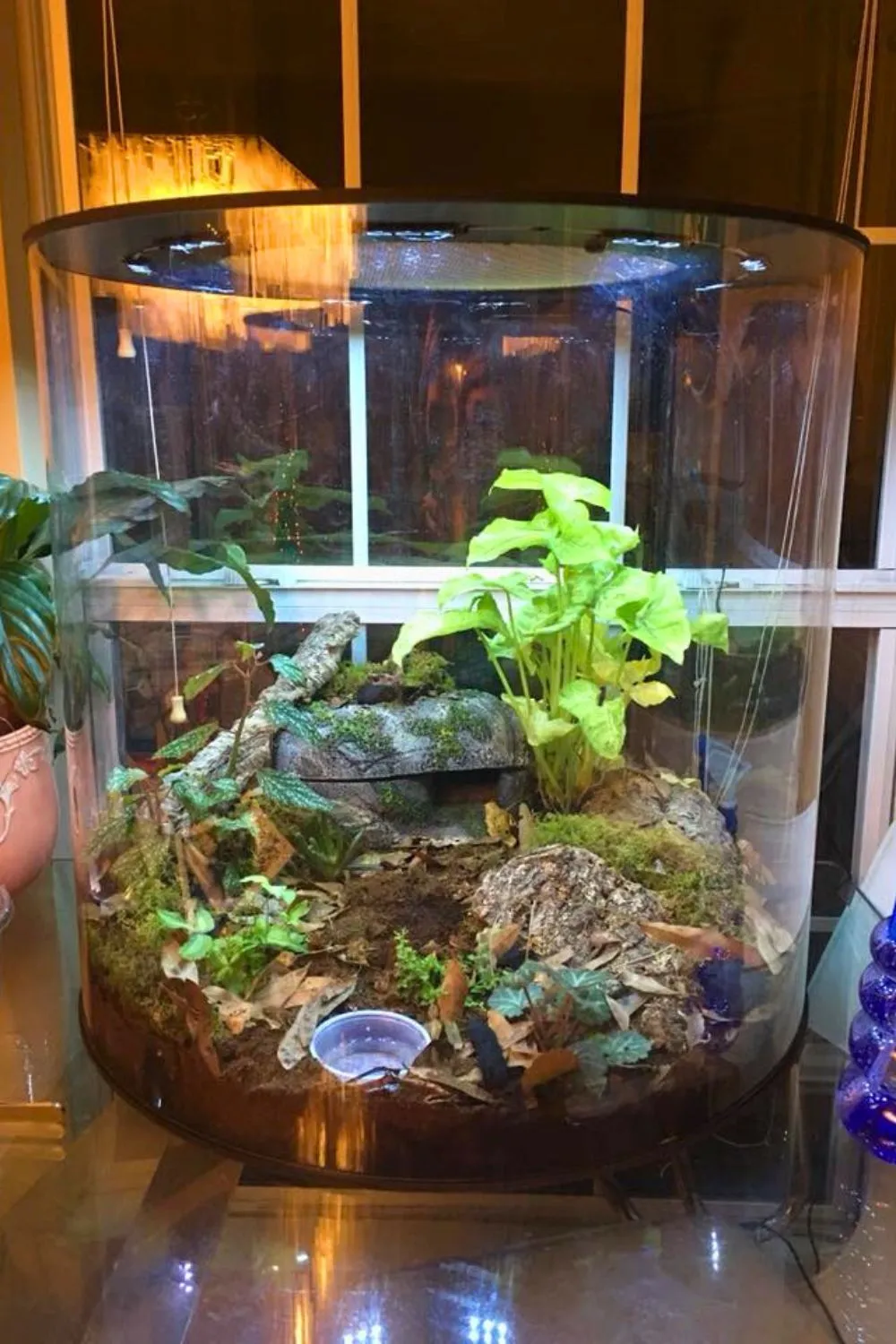
Ceramic heat emitters (CHEs) are a popular choice for providing heat without light. They emit infrared heat, which is ideal for maintaining a consistent temperature without disrupting the tarantula’s natural day-night cycle. CHEs are particularly useful in enclosures where you want to avoid the bright light produced by incandescent bulbs.
Advantages and Disadvantages
The primary advantage of CHEs is their ability to provide constant heat without emitting light, allowing for a more natural environment. They are also relatively durable and long-lasting. However, CHEs can be more expensive than other heating options, and they require a thermostat to regulate the temperature. They can also be a fire hazard if not used correctly. Make sure to use a protective cage around the CHE to prevent your tarantula from getting burned.
Maintaining Humidity Levels
While temperature is critical, humidity plays an equally important role in tarantula care. Humidity is the amount of water vapor in the air, and it directly impacts the tarantula’s ability to molt successfully. The correct humidity levels help to prevent dehydration and facilitate proper shedding.
Importance of Humidity
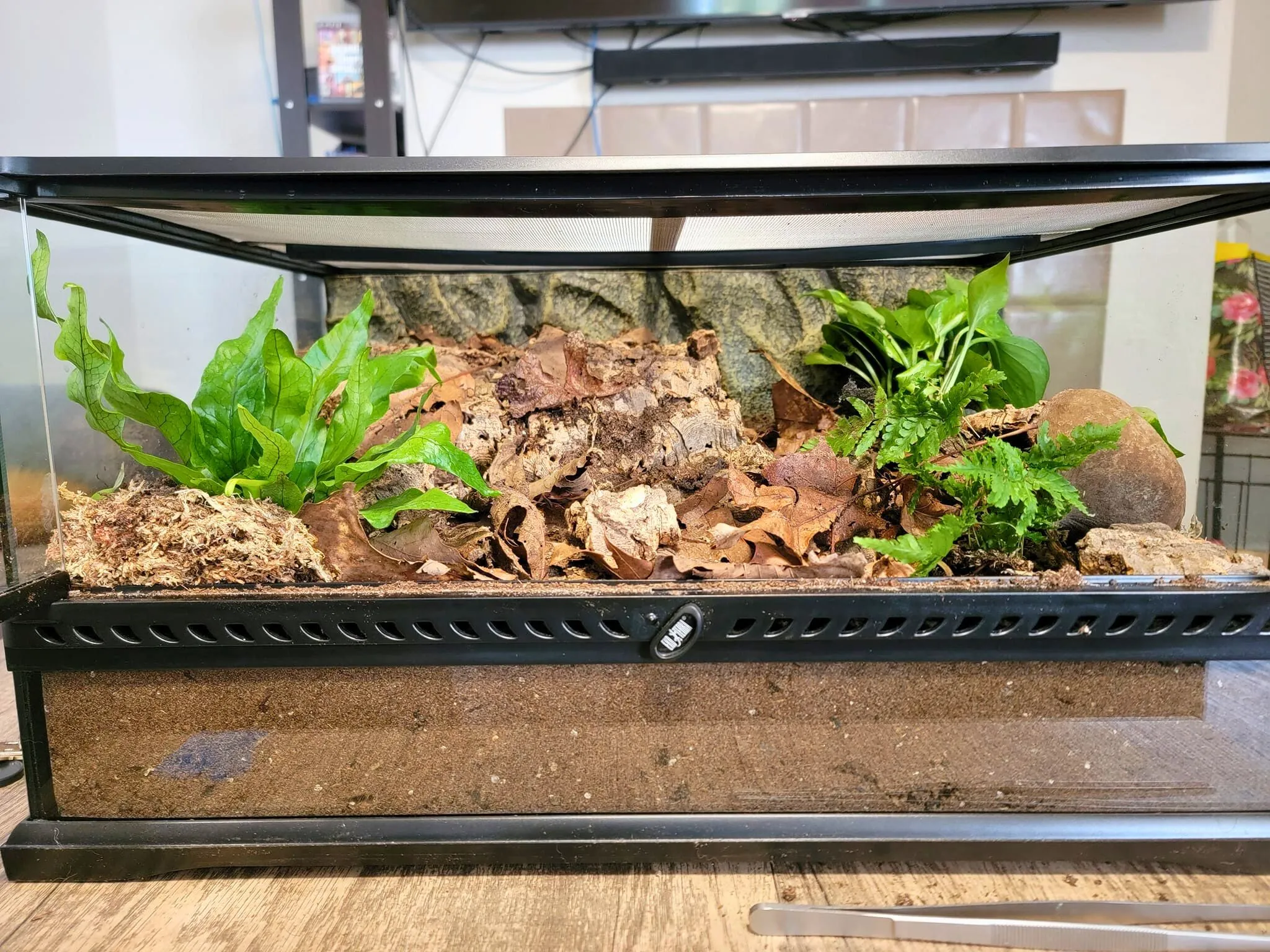
Humidity is vital for maintaining the tarantula’s exoskeleton and facilitating the molting process. Low humidity can lead to difficulties during molting, such as the tarantula getting stuck in its old exoskeleton, which can be fatal. It can also cause dehydration and other health problems. High humidity, on the other hand, can promote the growth of mold and bacteria, which can be harmful to the tarantula.
Humidity Control Methods
Maintaining the correct humidity levels involves a combination of factors. The substrate you use plays a significant role; peat moss, coconut fiber, and vermiculite are excellent at retaining moisture. Regularly misting the enclosure with water, especially in arid environments, helps to increase humidity. The frequency of misting depends on the species and the overall environmental conditions. A shallow water dish also provides a constant source of moisture. Proper ventilation is also crucial. While you need to maintain humidity, excessive humidity can lead to the growth of mold and bacteria, which can be dangerous for your pet.
Monitoring Temperature and Humidity
Regular monitoring of temperature and humidity is essential to ensure the health and well-being of your tarantula. This involves using appropriate measuring devices and observing your tarantula’s behavior for any signs of stress or discomfort.
Using Thermometers and Hygrometers

A reliable thermometer and hygrometer are crucial for monitoring the temperature and humidity levels inside the enclosure. Digital thermometers and hygrometers are generally more accurate and easier to read than analog versions. Place the thermometer and hygrometer in a location that accurately reflects the temperature and humidity within the enclosure. This is typically in the middle of the enclosure or near the substrate level, away from direct heat sources or drafts.
Placement within the Enclosure
The placement of the thermometer and hygrometer is essential for obtaining accurate readings. Avoid placing them directly under a heat source, as this can lead to artificially high readings. Instead, place them in a location that reflects the overall temperature and humidity of the enclosure. It’s also a good idea to monitor the temperature in different areas of the enclosure, as there may be temperature gradients. Consider placing a second thermometer on the cool side of the enclosure to ensure the tarantula has a place to cool down if necessary.
Troubleshooting Common Problems
Even with careful planning, you may encounter issues with maintaining the correct temperature and humidity. Here are some common problems and how to address them.
Overheating Issues
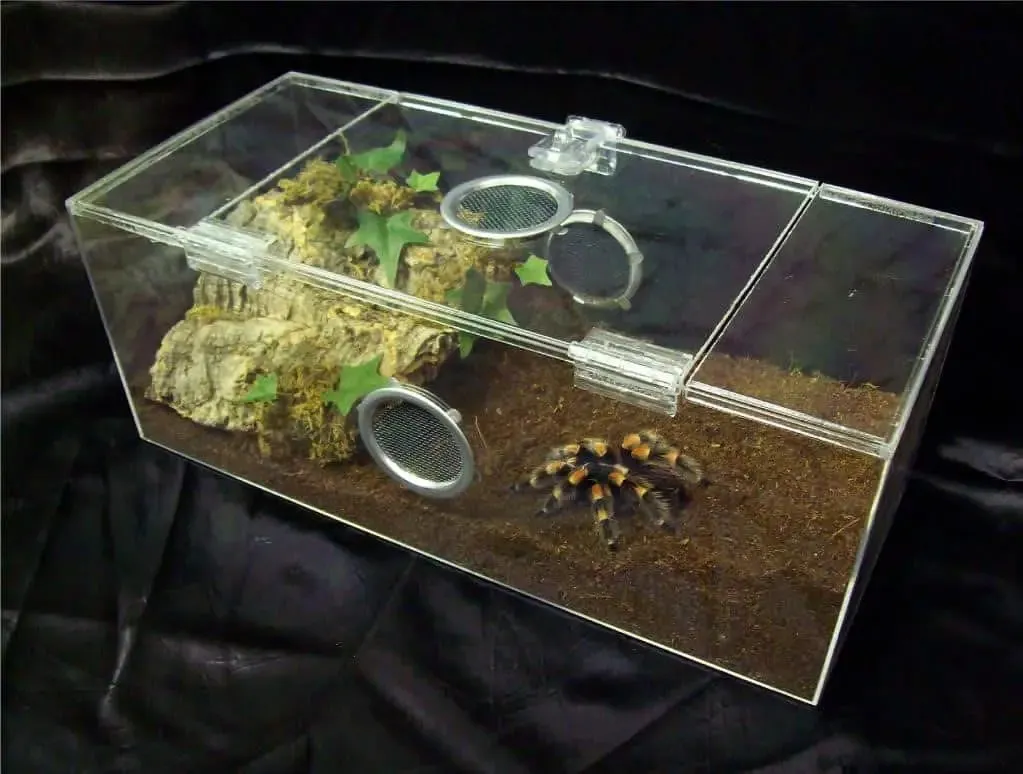
Overheating can be a serious threat to tarantulas. If the enclosure becomes too hot, your tarantula may exhibit signs of distress, such as lethargy, rapid movement, or erratic behavior. To address overheating, immediately turn off the heat source and move the enclosure to a cooler location. Increase ventilation by slightly opening the enclosure’s lid or adding extra ventilation holes. Mist the enclosure with cool water to provide some relief. If the overheating is severe, consult a veterinarian experienced in exotic animals.
Underheating Issues
Underheating can also be problematic, leading to sluggishness, loss of appetite, and difficulty molting. If the enclosure is too cold, check your heating system to ensure it is functioning correctly. If you are using a heat mat, make sure it is properly connected and the thermostat is set correctly. If you are using a heat lamp, check that the bulb has not burned out. You may need to increase the wattage of the heat source or add a second heat source. If the enclosure is in a cold room, consider moving it to a warmer location.
Seasonal Adjustments
As the seasons change, you may need to adjust the heating and humidity levels in your tarantula’s enclosure. During colder months, you may need to increase the heat output or provide additional heating. In the summer, you may need to reduce the heat output or increase ventilation to prevent overheating. Regularly monitor the temperature and humidity levels and adjust the settings as needed to maintain the optimal environment for your tarantula.
Caring for a tarantula involves careful attention to detail, and providing the right temperature and humidity is a cornerstone of their care. By understanding the needs of your tarantula, choosing appropriate heating and humidity control methods, and monitoring the environment regularly, you can create a thriving habitat where your eight-legged companion can flourish.
